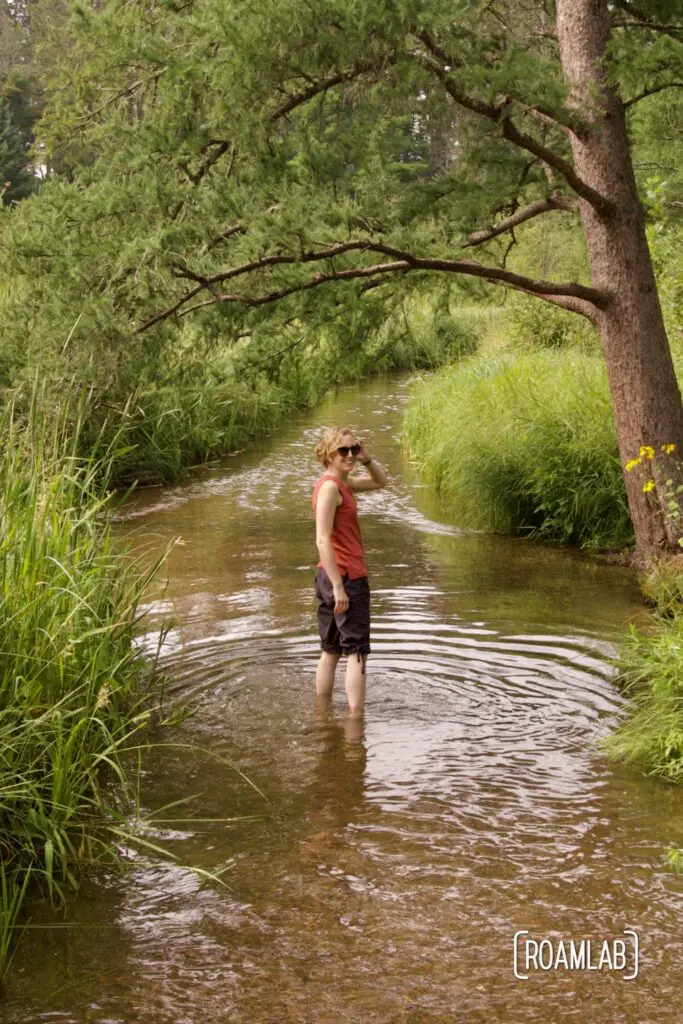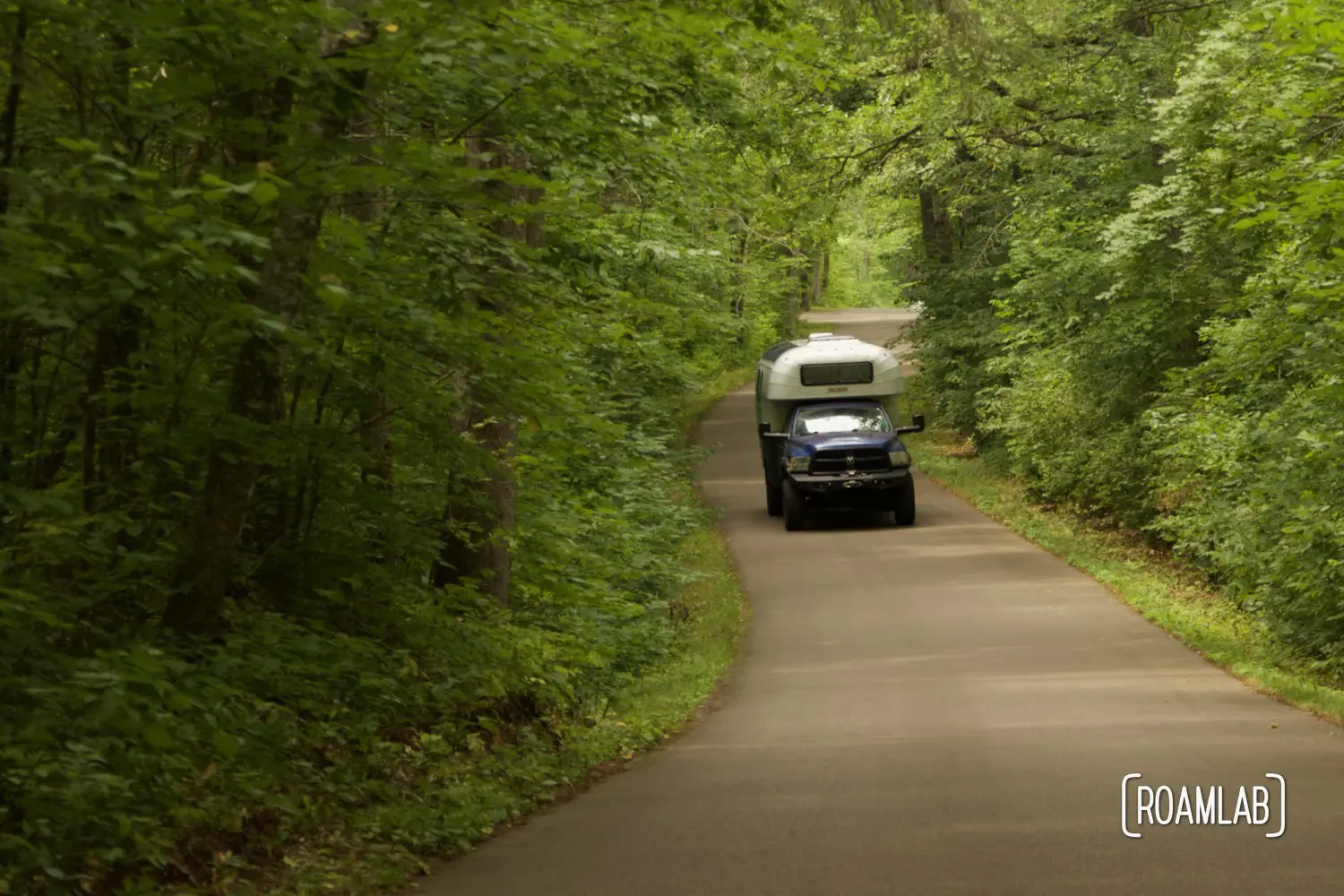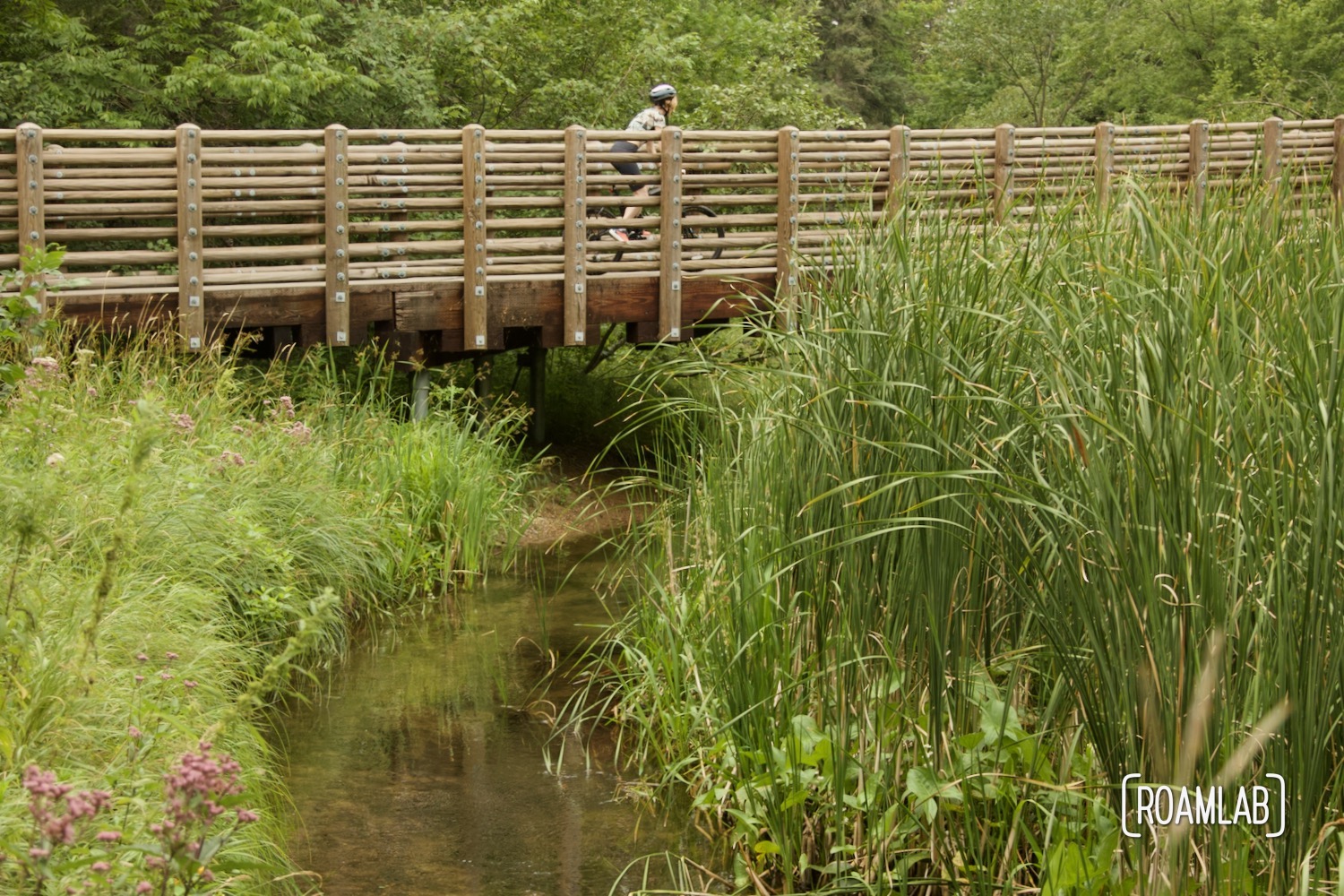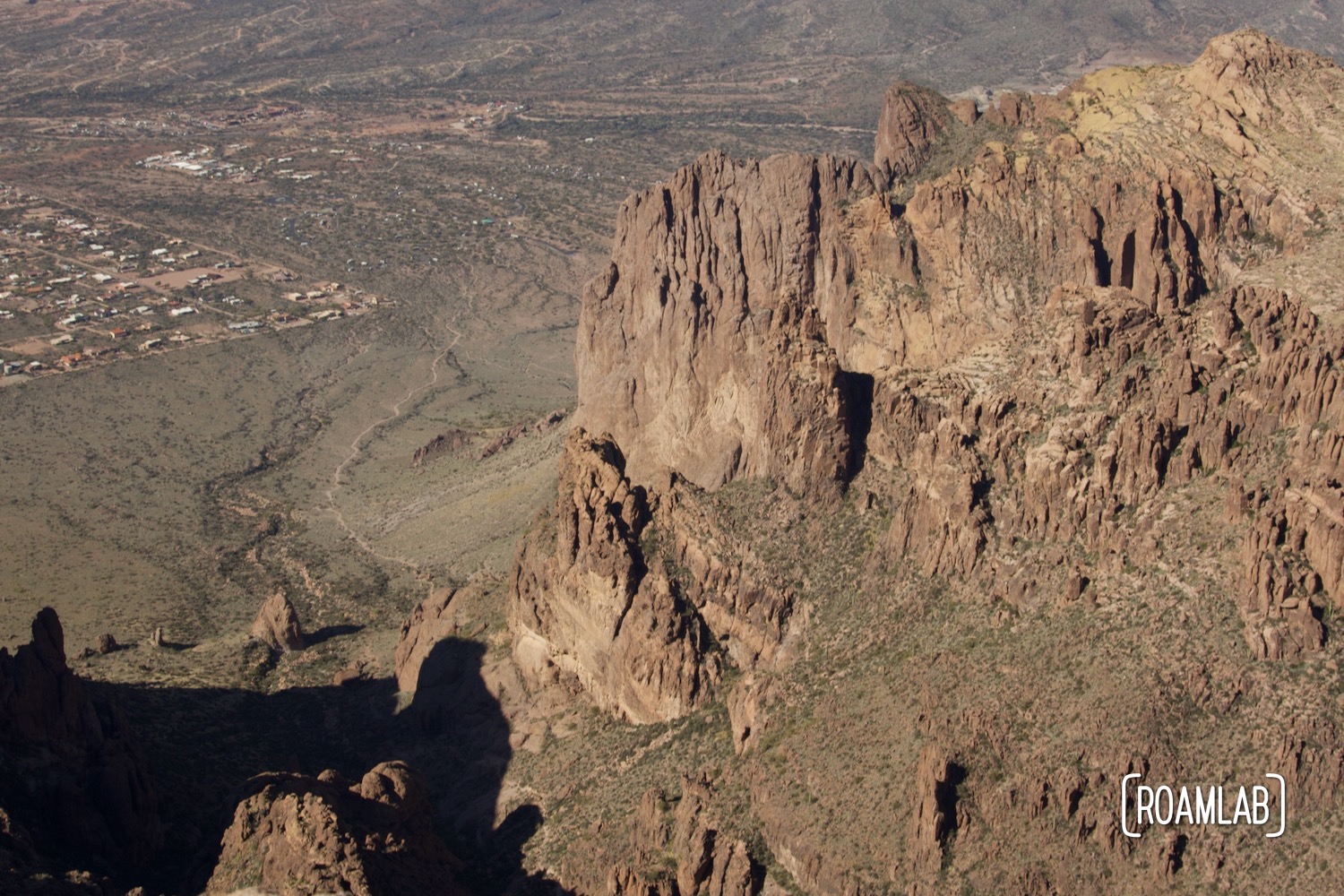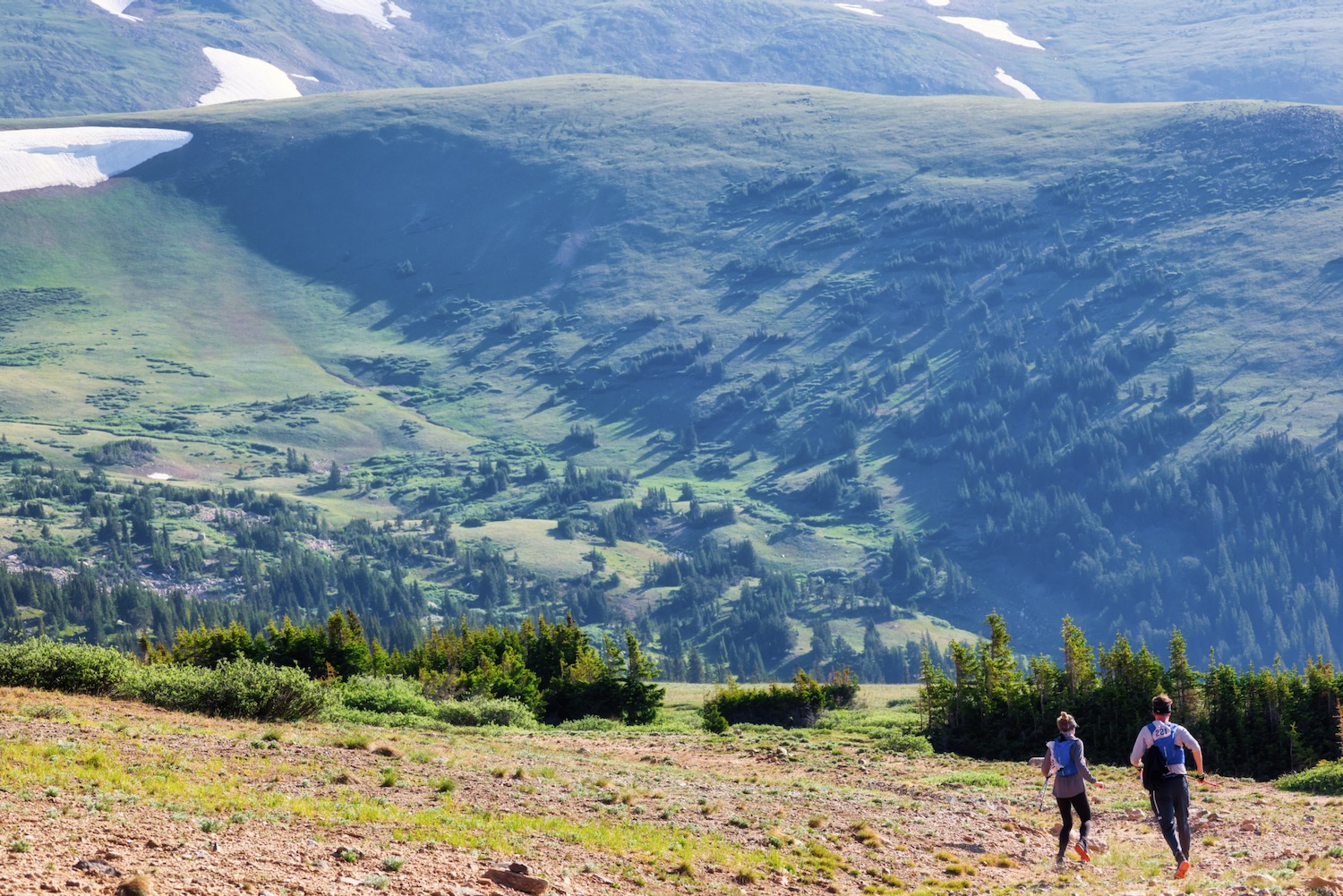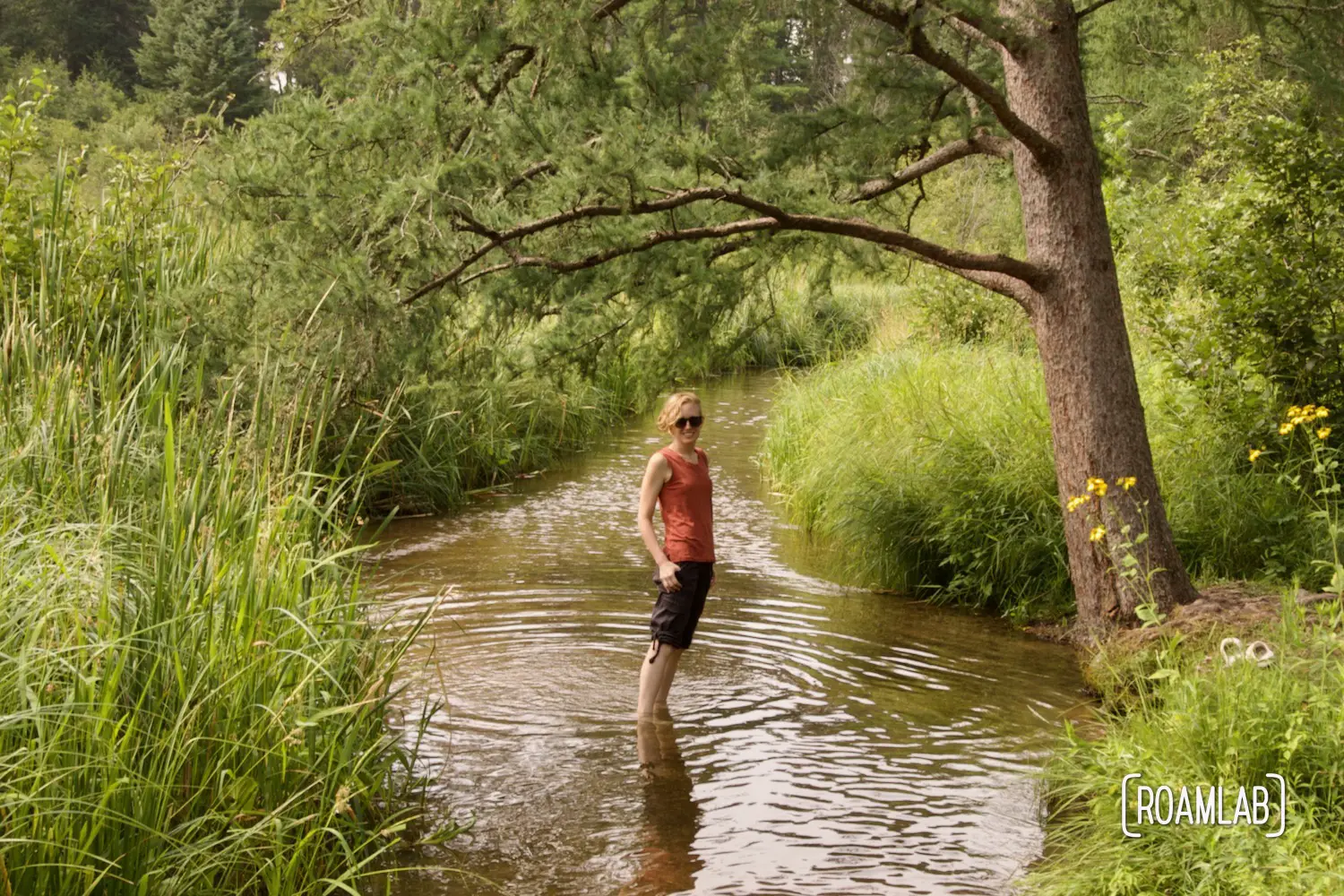
Humble Beginnings
It’s hard to imagine that the mighty Mississippi, the grand river that winds through America’s heartland, starts as a mere trickle in a serene Minnesota lake. It’s a legendary waterway, flowing over 2,300 miles and touching ten states, and yet it begins its journey at a surprisingly humble and accessible place. Here, in the depths of Itasca State Park, the Mississippi Headwaters stands as a testament to nature’s profound ability to start small yet grow into something monumental.
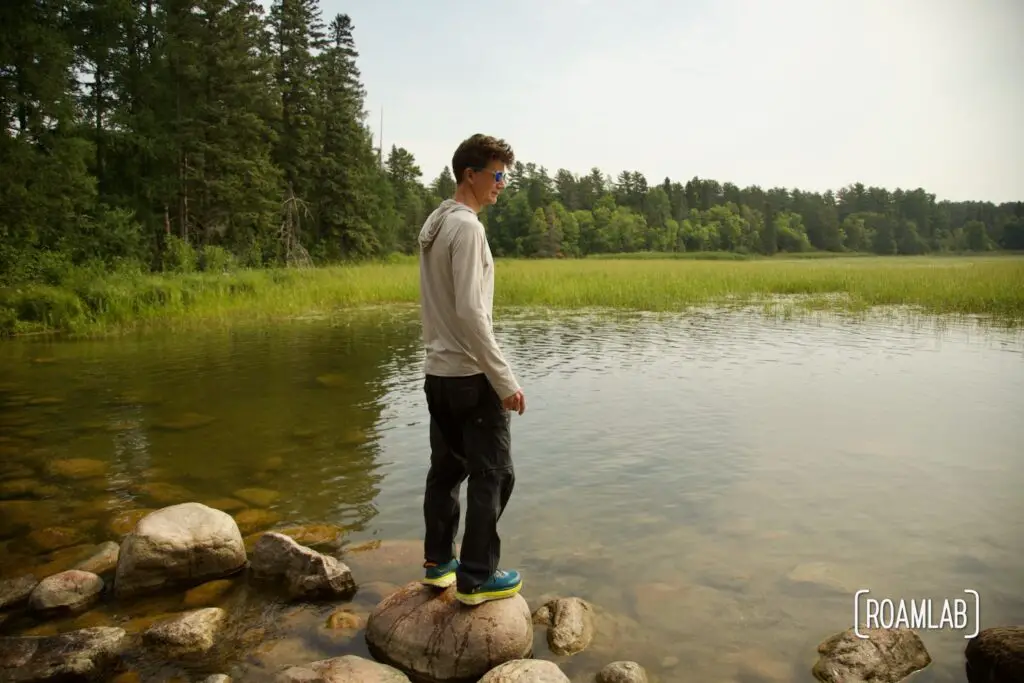
A River Fed by Many
The Mississippi River is not simply a singular force; it’s a complex network fed by countless tributaries. Determining the true headwaters of the Mississippi was once a subject of intense debate and exploration. Competing claims and varying definitions of what constitutes a river’s beginning led to controversies, questions rooted not only in the geography of the area but in differing perceptions of what constituted a river’s beginning. Common points of argument revolved around:
- Volume of Water Flow: Some explorers defined the source as the point where the largest volume of water flows into the river. This led to the identification of larger lakes, such as Leech and Cass Lake, both having significant tributaries.
- Height of Land: Others focused on the elevation, seeking the highest point from which water flowed into the Mississippi. This brought attention to smaller bodies of water at higher elevations.
- Length of the River: A further complicating factor was whether to define the source by tracing the longest tributary.
- Cultural Perceptions: Native American knowledge and cultural interpretations also played a role in the differing claims. The complex network of water bodies connected to the Mississippi and narratives around them competed for the singular designation of headwater.
Over the years, various explorers laid claim to different sources. In 1739, French explorers led by Pierre Gaultier de Varennes, sieur de La Vérendrye, (The Verendrye Expedition) identified Leech Lake as the source of the Mississippi based on the flow and the vast network of water bodies connected to it. Then again, from 1805 to 1806, Lieutenant Zebulon Pike identified Red Cedar (Cass) Lake as the river’s origin during his expedition, focusing on the height of the land and the volume of water flow. It wasn’t until 1832 that Henry Schoolcraft identified Lake Itasca as the headwaters of the Mississippi River.
An American geographer and ethnologist, Henry Schoolcraft led an expedition to discover the Mississippi’s source with the assistance of an Ojibwa guide. He found the lake and named it “Itasca,” combining the Latin words “veritas” (truth) and “caput” (head), symbolizing the true head of the river and an example of many psuedo-Indian names that Schoolcraft created. While his findings are not nearly as conclusive as Schoolcraft may have presented, thanks to aggressive campaigning by Jacob V. Bower, who wanted to save the lake from loggers, Itasca was inducted as a state park and defacto headwaters of the Mississippi in April 21, 1891.
Preserving the Headwaters
Creating Itasca State Park in 1891 marked an essential step in preserving the headwaters for future generations. The region’s old-growth pine forests attracted ambitious and eager loggers and environmentalists alike. The park’s establishment saved the forest as well as the headwaters, providing a place for recreation and reflection and allowing the headwaters to remain accessible and pure.

Visiting the Mississippi Headwaters Today
Today, the Mississippi Headwaters is a must-visit destination for those seeking to connect with the rich history and natural wonder of the river. A short walk from the parking area leads to the tranquil shores of Lake Itasca, where a series of stepping stones allows visitors to literally walk across the Mississippi’s starting point.
It’s a place where families splash in summer, photographers capture nature’s artistry, and contemplative souls ponder the profound journey that lies ahead for each droplet of water. With nearby hiking trails, picnic areas, and educational exhibits, the headwaters offer an enriching experience for all ages.
Travel Tip: Have a few hours to spend? Add on the Wilderness Drive to get up close with the old-growth forest that inspired Jacob V. Bower.
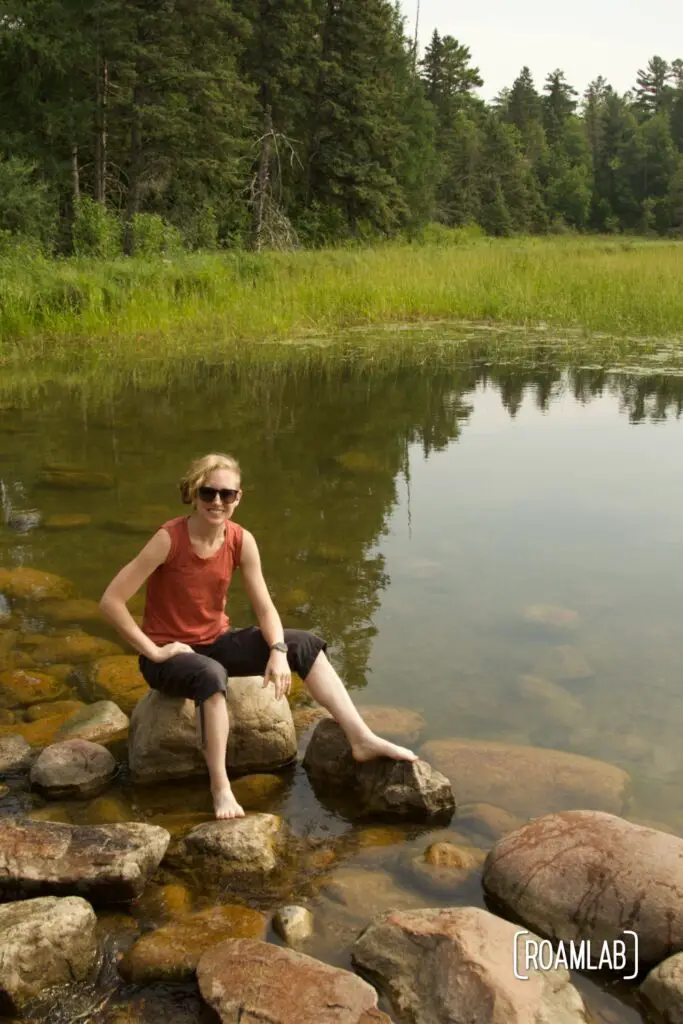
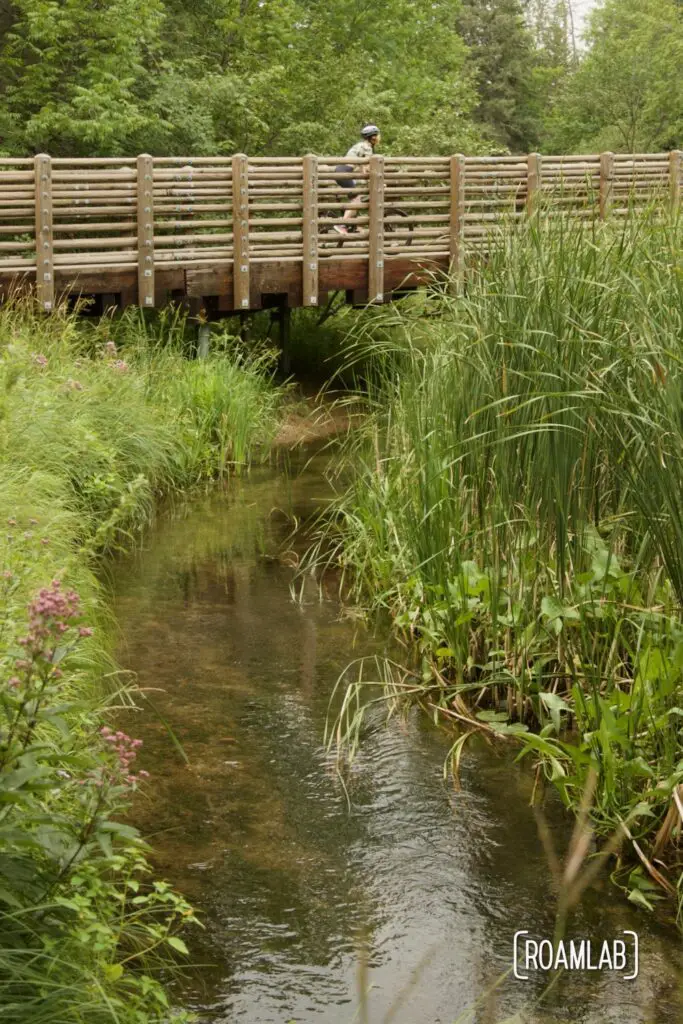
Beyond the Mississippi Headwaters
The Mississippi Headwaters is more than a geographical landmark; it’s a symbol of beginnings and connections, a place where the grandeur of America’s mightiest river is touchable, walkable, and profoundly personal. From its disputed history to its present-day preservation, the headwaters in Itasca State Park invite us to reflect on nature’s complexity and beauty.
For us, like the river, it is a starting point. This marks the beginning of Minnesota’s Great River Road, a route that follows the Mississippi from its inception point as a creek trickling over a rocky border to the southeast tip of Minnesota where the Mississippi rolls by as a wide and powerful waterway that defined a nation. We’ll be following the route all the way, and sharing the small and momentous beauty that has grown around this grand waterway.
